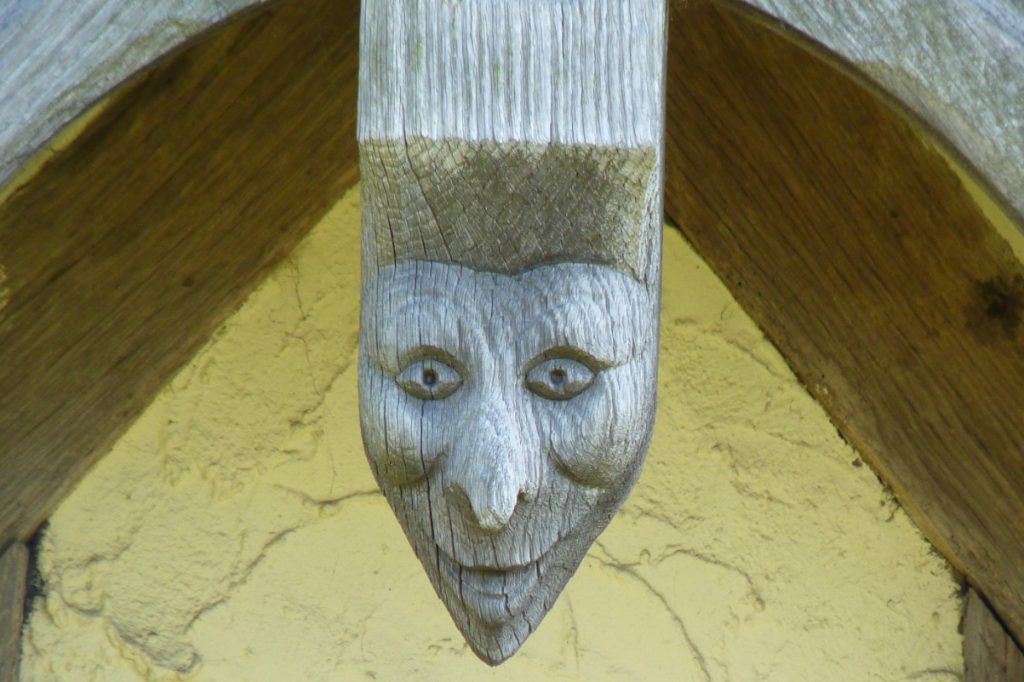
It’s a gloriously warm Sunday afternoon in early June and a well-earned historic village culture-vulture stroll is in order and so I eagerly head over to the valley of Rota’s people.
Judging by the name, one would surmise that such a place is located within deepest darkest Scandinavia, possibly somewhere far from the crowds within a forest in Norway. But they would be well off the mark, as it is actually located a mere four miles or eleven minutes away from Brighton’s West Pier. I am referring to a unique downland parish that is nestled betwixt the English Channel and the South Downs National Park – I am of course in Rottingdean!
The sun’s out, there’s a pleasingly cool breeze, the birds are singing, the butterflies are darting about and there’s the sound of cries of laughter as children are having a party behind a large flint wall. Gosh it’s all very Darling Buds of May if you catch my drift – perfick!
Today, I shall deliberately have selective vision and so I shall totally ignore all of the motor vehicles located thereabouts. Today Rottingdean shall be a combustion engine free zone.
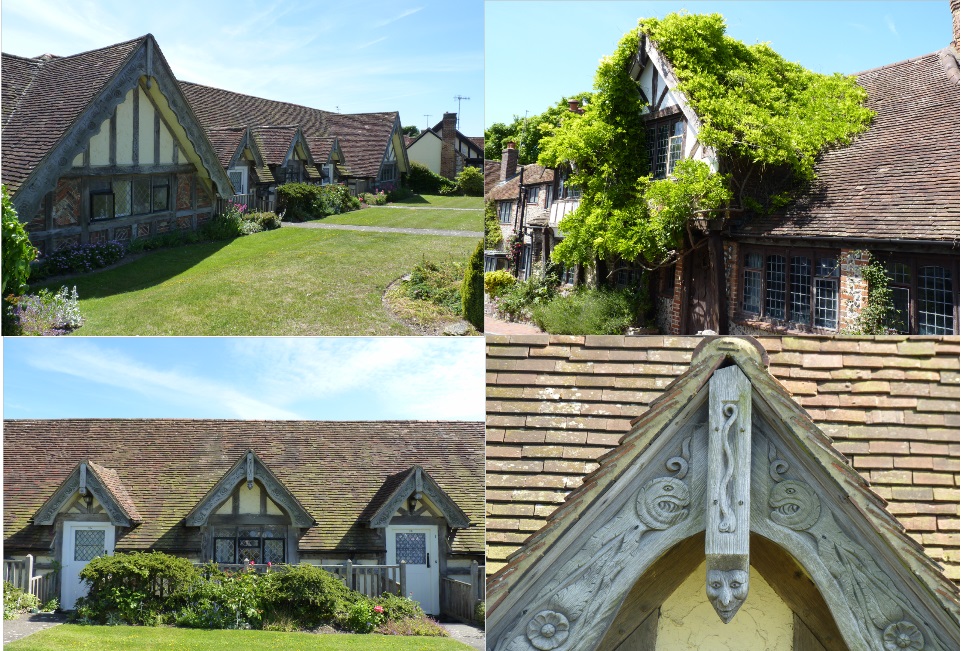
I begin my stroll at the northern confines of the valley of Rota’s people in the picturesque Dean Court Road. The private residences located here are mainly of the highest order and obviously a dream for estate agents commissions. No two buildings are the same and more the better for it. Those that are located nearest to the St. Margaret’s Church end appear to be of some age and of unusual design with their large tiled roofs, lattice windows and exposed wooden beams. One or two of these have intricately carved woodwork above the front doors and windows and these would fit into my Norwegian description earlier.
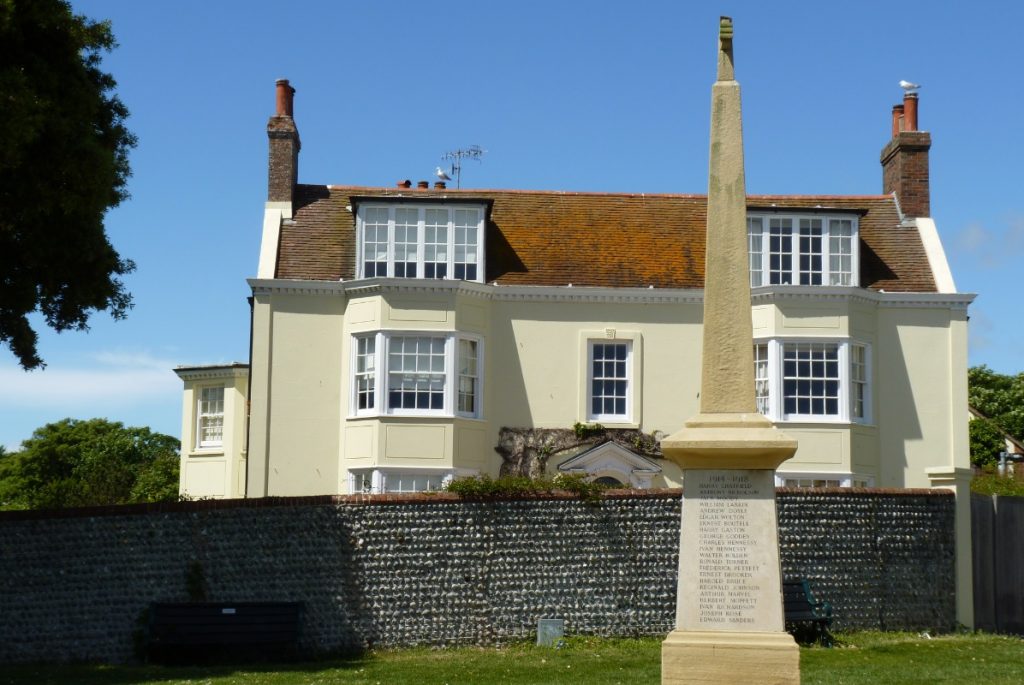
On leaving Dean Court Road, I immediately arrived at a mighty fine residence adjacent to the village green called The Elms. This was the rented seaside retreat of one Rudyard Kipling from 1897 until 1902 and which set him back a mere three guinea’s per week. He obviously found the sea air agreed with him as he penned Kim, Stalky & Co and some of his famous Just So stories whilst living here. Alas this is a private residence and not open to the general public, however one can today visit the sumptuous Kipling Gardens which are now separate from the property.
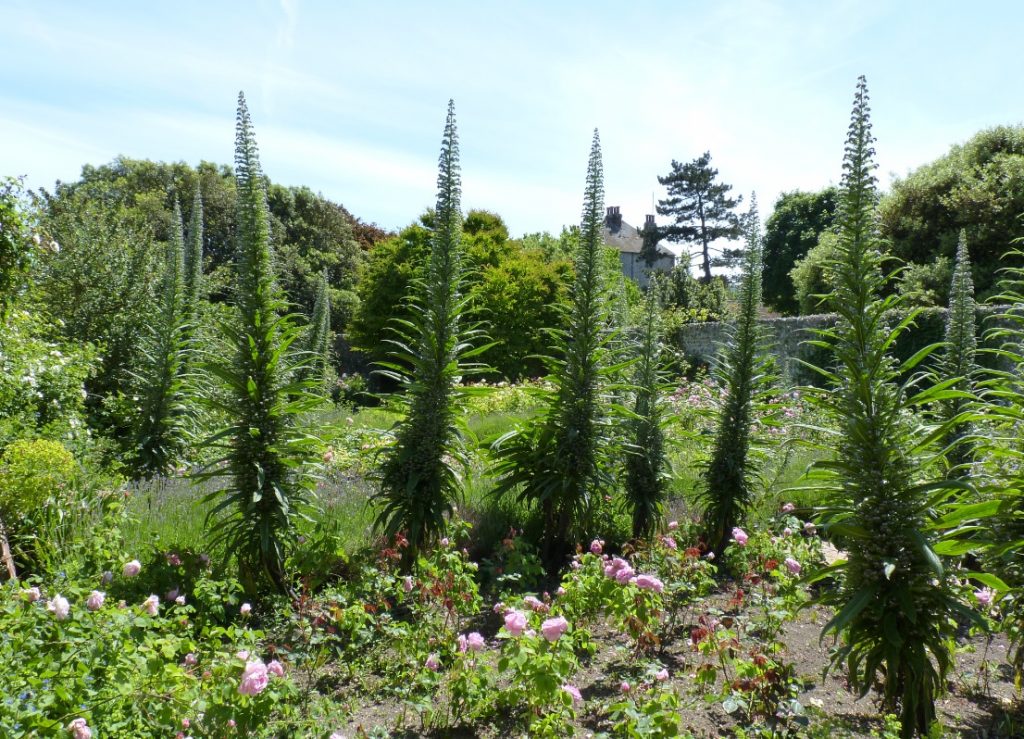
These Green Flag gardens are expertly laid out in flowing rooms and thus affords the lucky visitor surprise after surprise with different vistas of the walled rose garden, the ornamental grasses area, the chalkland wild area and the gazebo and croquet lawns.
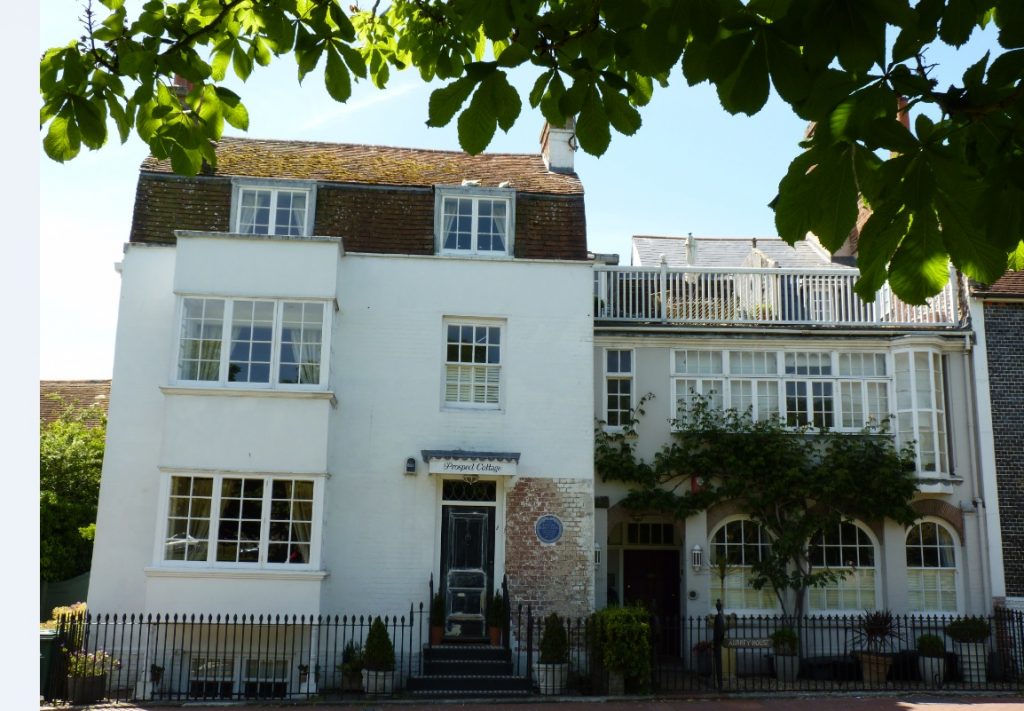
On exiting the garden back the way you came, your eyes will be pleased to fall upon the imposing North End House (now Prospect Cottage and Aubrey House). For eighteen years this is the former home of the later phase Pre-Raphaelite movement artist and designer Sir Edward Burne-Jones, who designed seven stained glass windows for St Margaret’s Church across the way. Later residents of note included the author of National Velvet, Enid Algerine Bagnold and her husband whom her married in 1920, Sir Roderick Jones, who was the chairman of Reuters. Enid wrote a play entitled The Chalk Garden, the inspiration for this was her garden at North End House and it premiered on Broadway in 1955. Clearly this is an inspirational building full of light in a wonderful setting opposite the aforementioned early 11th century Saxon church.
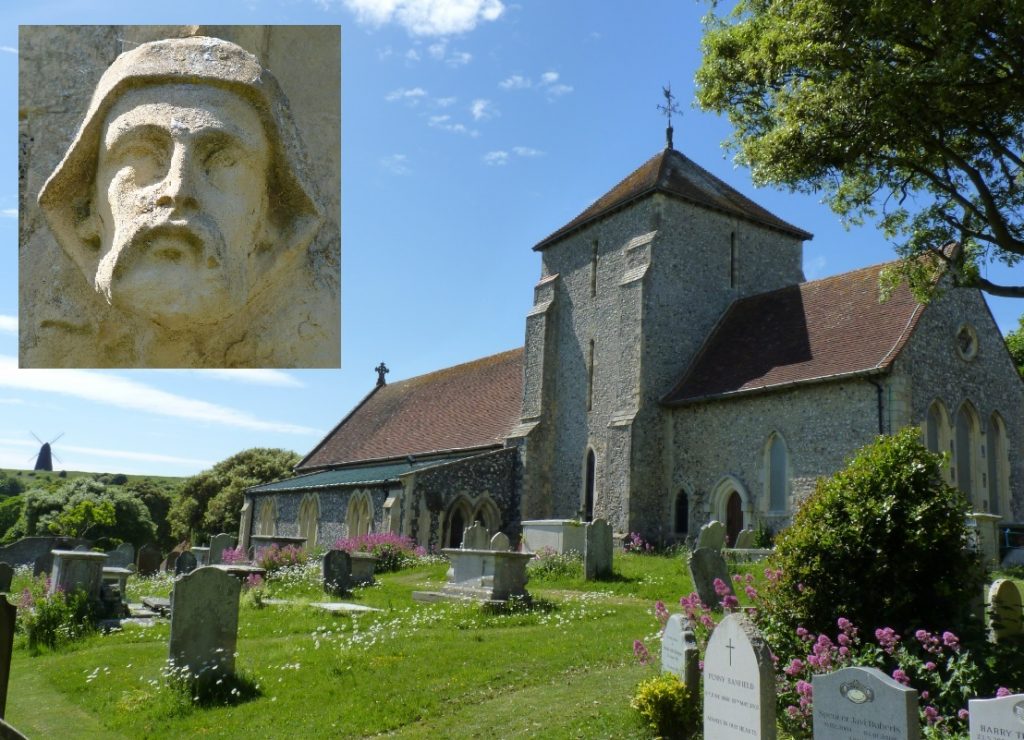
The Parish Church of St Margaret of Antioch was beaconing me and thus I came to her call. Rottingdean village was not always as peaceful as it is today, for it was 640 years ago in 1377 that local villagers sought refuge in the church from marauding French pirates who had landed at the Gap in Rottingdean, but all was alas in vain as the building was torched and a majority died as a result of this barbaric act. Amazingly you can see evidence of this today in the form of the peculiar pink and grey colouring of the interior stonework of the arches and windows.
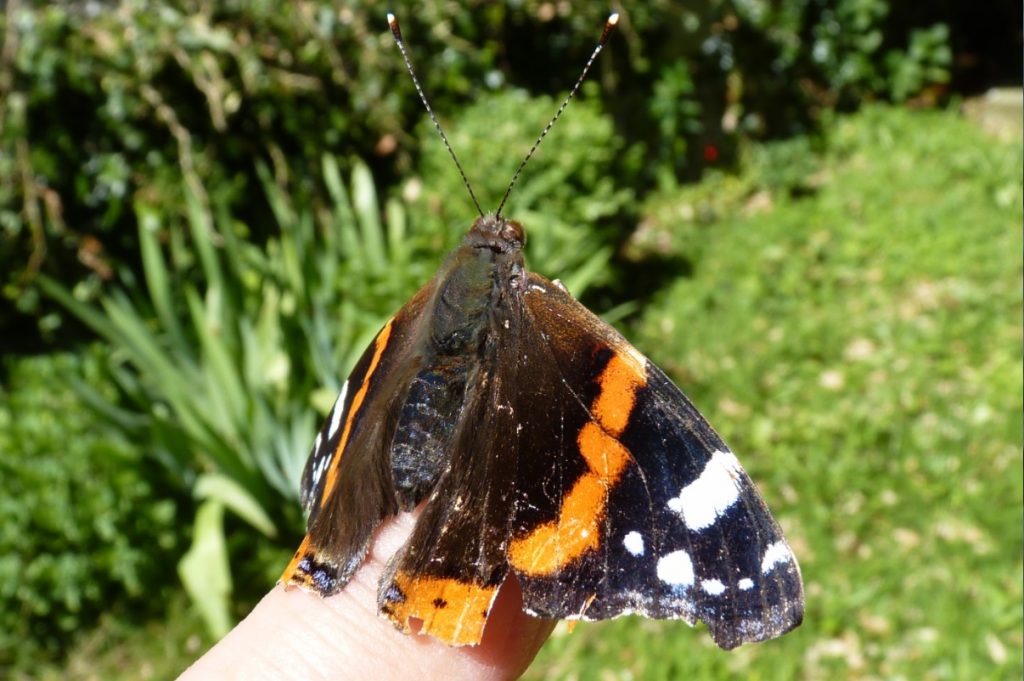
On a far more pleasant note, I was fortunate to make an all-to-brief friendship with a Red Admiral butterfly whilst taking in the beauty of the churchyard.
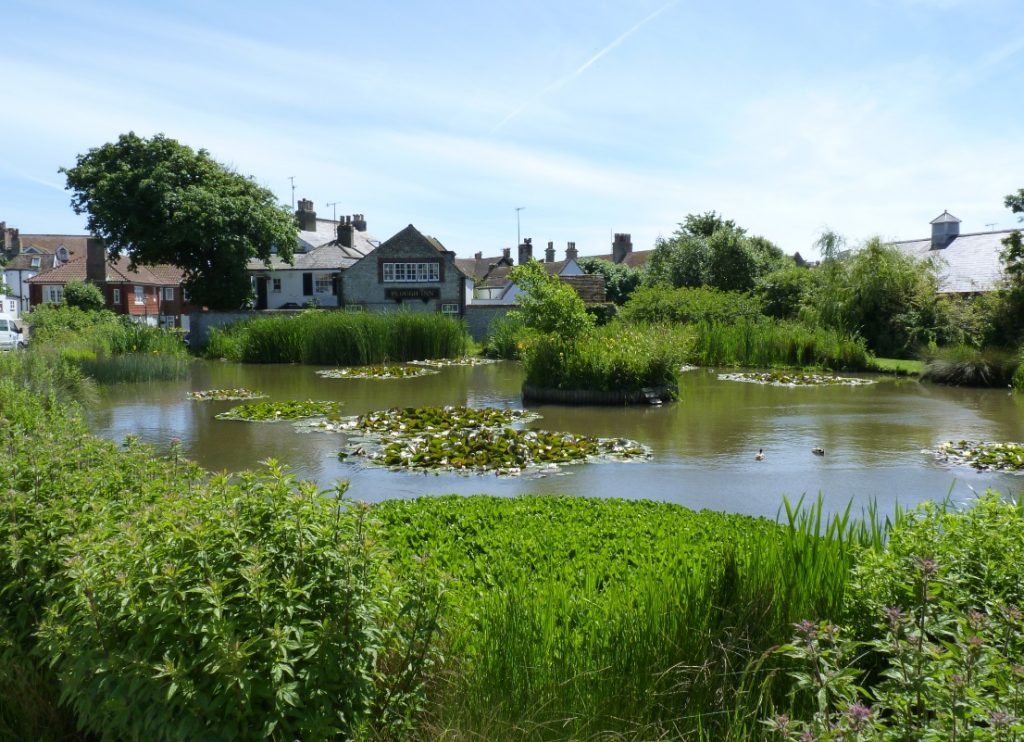
A stones throw from the church is the village pond, which was once fed by a spring and has seen many an activity since the Stone Age. My particular favourite that I can recount seeing several years back was the work of some jinxster that had waded out to the centre of the pond to the duck house on the island and had erected a mock satellite dish for them. Note the close proximity of the Plough Inn public house!
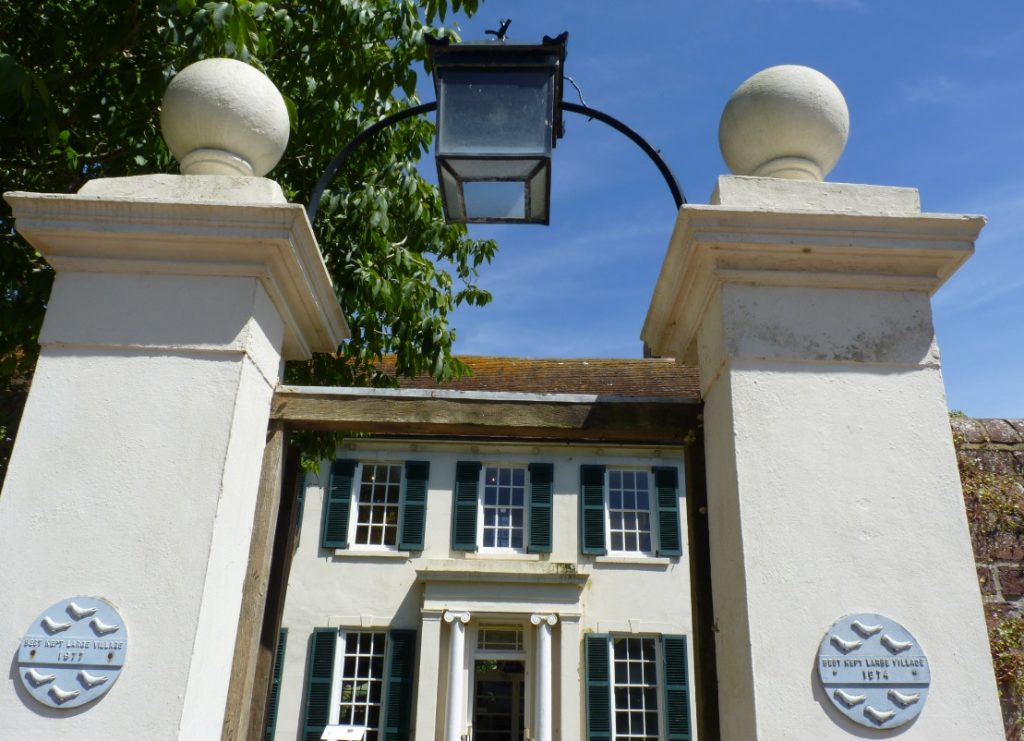
Opposite the pond one can locate the multi-purpose former vicarage, now renamed The Grange by the multi-talented painter, author, wood engraver and illustrator Sir William Nicholson. It is here that the weary traveller can relax in the secluded Grange Tea Garden. Also located here in the same building is a Museum of Rottingdean and its famous residents, an Art Gallery, a local Visitor Information Point and a Public Library. I found the staff employed within most charming and helpful.
The Grange Museum currently has an exhibition entitled Cinema By The Sea, which is a celebration of the Golden and Silver Age of British film making along the Sussex coast. Of particular interest to me were a dozen mesmerising photographs taken in 1951 at various locations in Rottingdean of the young starlet Audrey Hepburn. This was two years prior to her becoming a superstar on the back of her leading role in Roman Holiday. There was also a signed letter and photograph sent to the village by Elizabeth Taylor as she landed the starring role aged just twelve in the 1944 film adaptation of Enid Bagnold’s National Velvet book.
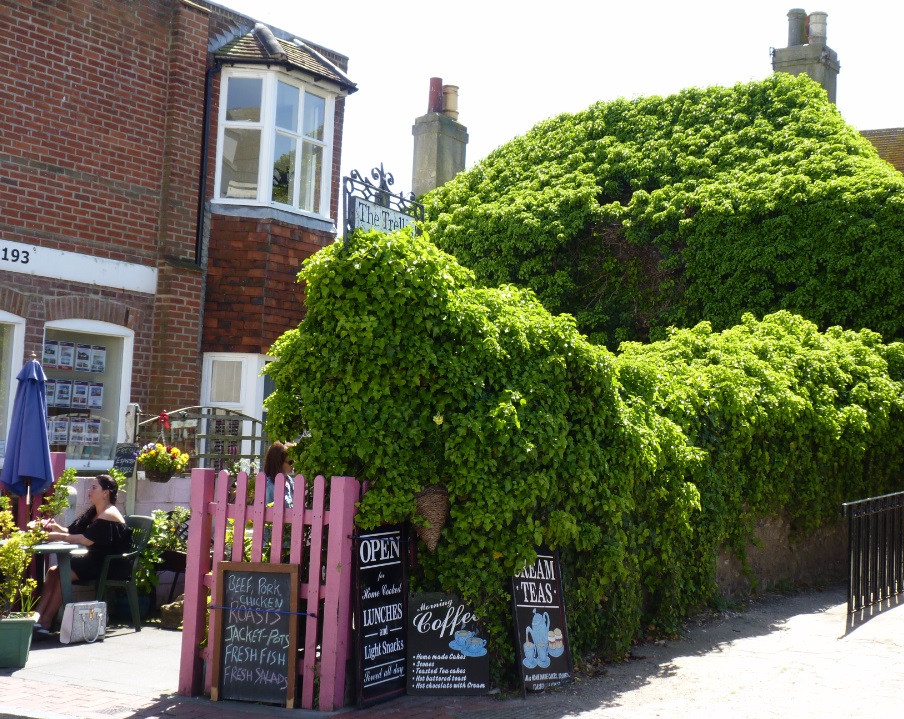
I ventured south in the direction of the Gap, past Ye Olde Black Horse watering hole and the quaint ivy clad Trellis Restaurant and towards the tempting seaside aromas emanating from the Smugglers fish and chip shop, located opposite the White Horse Hotel. Views of Brighton Marina were absorbed and then onwards up to Beacon Hill Nature Reserve, where in 1995 a Neolithic long barrow was discovered. The crowning glory on Beacon Hill is the Grade 2 listed 215 year old black smock windmill, which alas ceased grinding corn in 1881, but today it is emblazoned on the village sign.
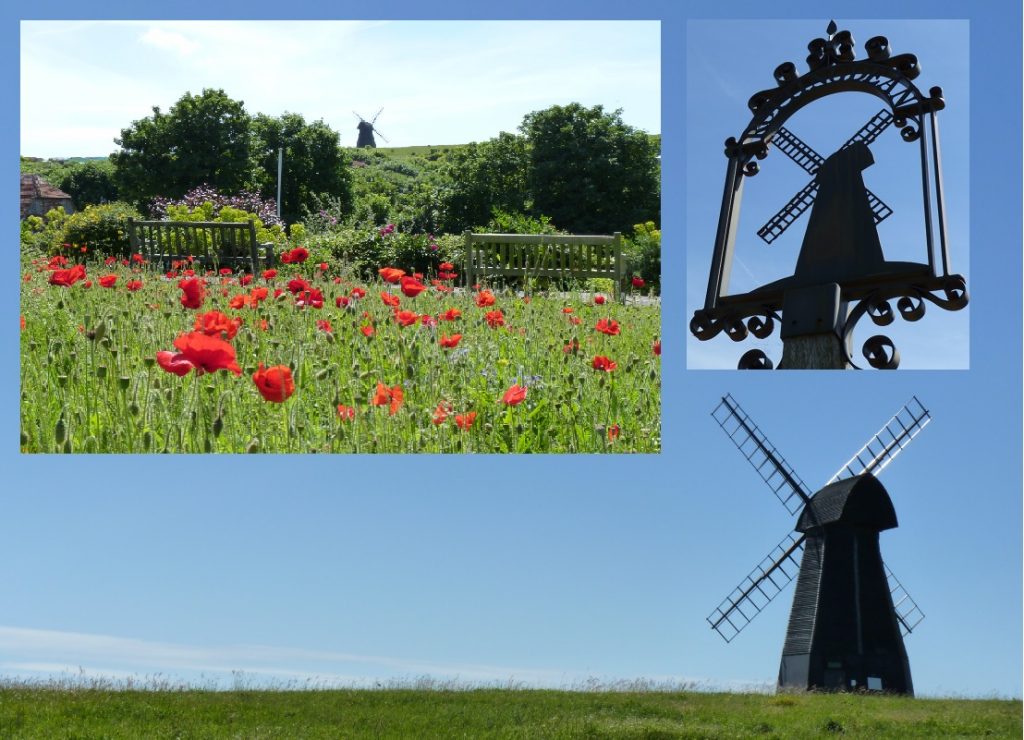
I made my way down from Beacon Hill past the allotments into the village to the rear of Kipling Gardens. There was just one final brief stop that I simply just had to do and that was to see the poppies opposite Box Cottage near the bowling green and also to take pictorial evidence of the blue plaque erected on a terraced house wall by the Rottingdean Preservation Society to commemorate the farmworkers and folk-singers of the Copper Family who had resided there from 1898 to 1969. The family have been passing down their songs from generation to generation since the 16th century, in order to ensure that the sounds of ye olde Sussex are not lost forever. Type Copper Family Rottingdean into YouTube and you can listen to some of their songs or visit http://www.thecopperfamily.com/ for further details including lyrics.
For more information about Rottingdean visit: http://www.rottingdeanvillage.org.uk/
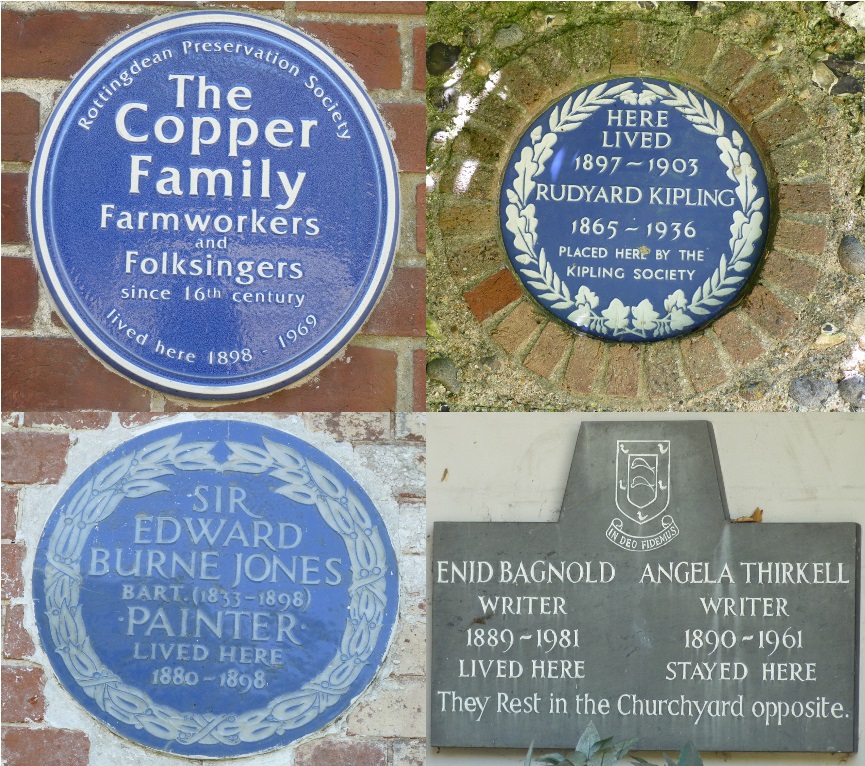









This is indeed a beautiful village where i exhibited my work recently. I urge people to visit and soak up it’s history and culture. Do have a walk up to Rottingdean Windmill along the way.
Here! Here!